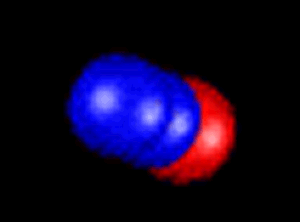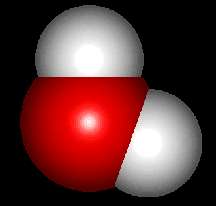Greenhouse Effect
Gases
Carbon Dioxide (CO2) is the most prominent Greenhouse gas. It is pumped into the atmosphere at a rate of about 30 billion tons per year. This is largely from the burning of fossil fuels and deforestation. Although other greenhouse gases are more potent in absorbing radiation, none are pumped into the atmosphere in quantities that carbon dioxide is.
Our reliance on the automobile contributes significant amounts of carbon dioxide to the atmosphere.



CFC
(chlorofluorocarbon) is a term used to describe any organic, synthetic
molecule that contains fluorine and chlorine. These synthetic molecules
are able to be converted easily form liquid to gas and back to the liquid
state. As a result of this property they were heavily used in aerosols
and as the coolant in many refrigerators and air-conditioners. Because
of the devastating damage the CFCs have on the ozone layer they have been
replaced with less damaging hydrocarbons. Hydrocarbons are not dangerous
to the ozone layer but they do absorb infrared radiation and as such contribute
to global warming.



Carbon dioxide does not absorb radiation as well as other Greenhouse gases. Why is carbon dioxide considered more harmful, to the atmosphere, than other Greenhouse gases?
Methane is also a Greenhouse gas. What human activities promote the increase in atmospheric methane?
Water vapour is a Greenhouse gas. However its effects on global warming are unclear. Explain why.